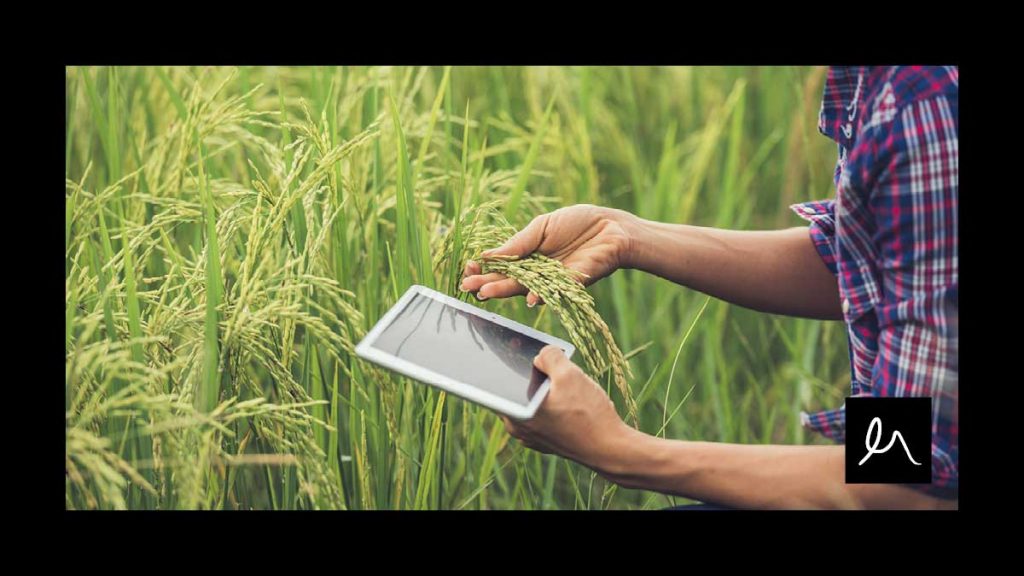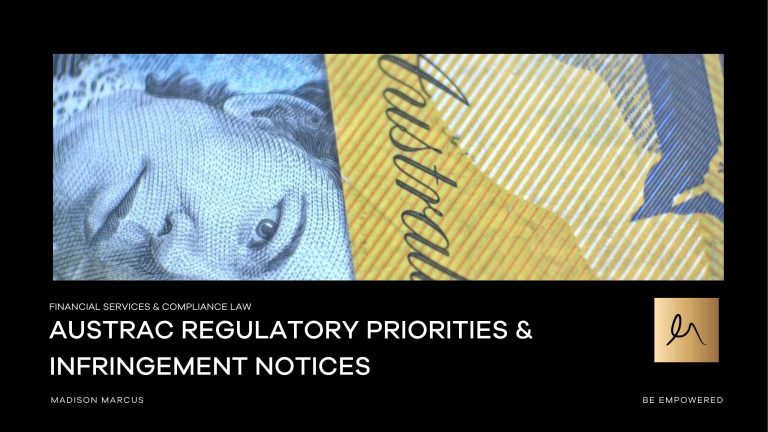On 23 August 2021 the Australian Government announced the establishment of the Australian Agriculture visa to build on the highly successful existing Pacific schemes. This visa responds to workforce shortages in the agriculture and primary industry sectors, and recent changes to the Working Holiday Maker program developed as part of the UK-Australia Free Trade Agreement.
We welcome these new changes as the Australian Agriculture visa will be available to workers across the agriculture (including meat processing), fisheries and forestry sectors and provide a basis for the ongoing growth of Australia’s primary industries as they strive to reach $100 billion in value by 2030.
The program will be operated by the Department of Foreign Affairs and Trade, building on the strong outcomes from Pacific labour mobility programs. The Government is now in the process of undertaking industry consultations to understand needs across the agricultural sector. The departments of Foreign Affairs and Trade, Home Affairs and Agriculture, Water and the Environment will design the visa to ensure a high degree of integrity and safeguards for workers. The Australian Government will work closely with partner governments also, including Pacific nations, to ensure their interests are protected.
The Government’s primary and growing method for meeting agricultural workforce shortages are the existing Seasonal Worker Programme (SWP) and Pacific Labour Scheme (PLS), and the new visa program will build on these. It has been outlined that between September 2021 and March 2022, the number of Pacific and Timorese workers in Australia will double to over 24,000. These workers are highly valued by Australian industry and are critical to Australia’s horticultural and meat processing sectors, including during the COVID-19 pandemic.
The Australian Agriculture visa will be open to applicants from a range of countries negotiated through bilateral agreements. Full conditions will be developed and implemented over the next 3 years as the visa is operationalised. During this implementation period the Australian Government will work to achieve a demand driven approach and consider permanent residency pathways and regional settlement.
Quarantine places remain the biggest constraint to bringing in overseas workers where there are no Australians to fill workforce shortages. The Federal Government is working closely with States and Territories to ensure they can meet future workforce needs across all sectors.
The arrival of the first workers under this new scheme will occur in Phase 1 from late 2021, subject to quarantine arrangements being agreed with states/territories and agreements with partner countries.
How Do I Participate In The Agriculture Visa Program?
A phased approach to establishing the agriculture visa has been agreed with the industry.
Phase 1 comprises a first small cohort of agriculture worker arrivals between December 2021 and March 2022, contingent on border settings, country readiness and quarantine availability. Recruitment under Phase 1 will be open only to a small number of existing Approved Employers who are already accredited and experienced with the existing PALM Scheme.
Phase 2, from April 2022, will see a steady increase in the number of employers participating in the agriculture visa, an increase in the number of workers recruited, and an expansion in the number of countries participating.
How many workers will be recruited under Phase 1?
The final number of how many workers will be recruited is being considered now and will be subject to:
- agreement with the selected Approved Employers
- agreement with the countries with which we are negotiating
- agreement to the quarantine arrangements which will allow for the safe entry of these workers to Australia, and for the protection of the communities in which they will work.
How will the visa program be structured?
The agriculture visa program will be demand-driven. Key features of the Australian agriculture visa program mean that it will be:
underpinned by data on workforce demand and supply, and labour market testing supported by strong program governance and oversight with minimum standards and safeguards built into the compliance and assurance framework and accommodation guidelines available to skilled, semi-skilled and low-skilled workers across the broad range of agricultural industries, as well as the meat processing, fishery and forestry sectors.
Details on relevant sectors will be confirmed and iteratively brought on board an employer-sponsored visa where employers hold obligations in relation to their foreign workers’ employment able to respond to seasonal and longer-term workforce demands including through arrangements for workers to move between employers while upholding workers’ rights and protections able to support worker welfare and safety, including through minimum English language requirements ensuring standards are in line with Australia’s successful Pacific worker programs, including requirements to protect workers from exploitation.
Can workers apply for permanent residency?
The Government has committed to exploring permanent residency pathways for participants in the program, including regional settlement. However, this will involve further consultation and design work. Further announcements on permanent residence pathways will be made as the program becomes operational in late 2021 and early 2022.
Will workers be able to move between employers?
Yes. This will be a feature of the program. An ongoing focus remains on worker welfare and safety, so the program will ensure minimum standards can be maintained while supporting industry requirements for the portability of workers.
How will the agriculture visa program ensure worker protections?
All workers in Australia have the same rights and protections at work, regardless of citizenship or visa status. Employers must pay wages and entitlements as set by law and provide a safe workplace. These rights and protections will apply equally to workers coming to Australia under the Australian agriculture visa.
Standards to protect workers from exploitation will be modelled on existing standards under Australia’s Pacific worker programs.
The Australian Border Force and the Fair Work Ombudsman play an important role in ensuring compliance with visa requirements and workplace laws respectively.
Further, the Government remains committed to establishing a national approach to labour hire regulation and is working with state and territory governments to identify opportunities for harmonising state and territory labour hire schemes.
This is a very exciting time and we will watch this space very closely over the next few months.








